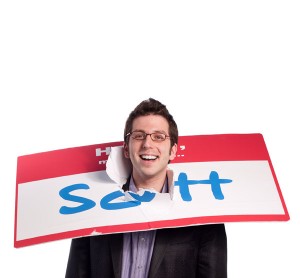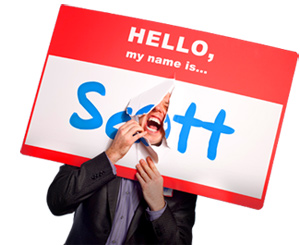‘I don’t know.’
These three words are DEADLY.
As a front line employee, you are the face and the voice of your company. As such, you must project an aura of competence, confidence and resourcefulness. That’s what approachable service is all about!
So, even if you really DON’T know the answer to a customer question, never let ‘em see you sweat.
Here’s what you say instead:
‘Great question! I’m not exactly sure, so let me ask someone who DOES know.’
This is the Phrases that Payses for several reasons:
IT REFRAMES. The customer is upset. Frustrated. Looking for answers. So, by immediately countering with a positive, even complimentary response, you reframe the context of the dialogue. They start to feel reassured right away! You’ve laid a foundation of positivity and approachability.
IT LOOSENS THE BLOW. By stating that you’re ‘not exactly’ sure, you come off as more competent and confident. Much better than, ‘I have no idea!’
After all, your credibility is on the line. The front line!
IT VOCALIZES COMMITMENT. It’s OK not to know everything. But it’s also OK to tell someone that their question is important enough that you will go out of your way to find the answer for them. See, without this display of commitment, you’re toast. Because customers only give you (and your company) credit for that which they SEE and HEAR you do consistently. And consistency is far better than rare moments of greatness.
Ultimately, your job as a customer service provider; call center operator or PDX rep is not only to provide approachable service, but to CHANGE PEOPLE’S MINDS.
About their problem.
About your company.
About your level of service.
About YOU as an individual!
So, next time you get stumped by a tricky customer question, just remember: customers want answers. Solutions. First call resolutions! And even if you’re not exactly sure what those are, that doesn’t mean you can’t respond in a confident, competent and approachable manner.

